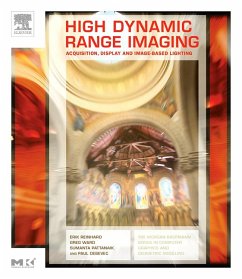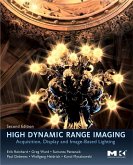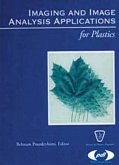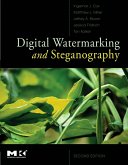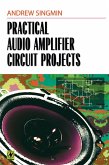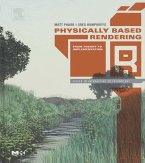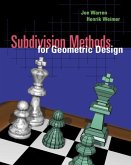High dynamic range imaging produces images with a much greater range of light and color than conventional imaging. The effect is stunning, as great as the difference between black-and-white and color television. High Dynamic Range Imaging is the first book to describe this exciting new field that is transforming the media and entertainment industries. Written by the foremost researchers in HDRI, it will explain and define this new technology for anyone who works with images, whether it is for computer graphics, film, video, photography, or lighting design.* Written by the leading researchers in HDRI* Covers all the areas of high dynamic range imaging including capture devices, display devices, file formats, dynamic range reduction, and image-based lighting* Includes a DVD with over 4 GB of HDR images as well as source code and binaries for numerous tone reproduction operators for Windows, Linux, and Mac OS X
Dieser Download kann aus rechtlichen Gründen nur mit Rechnungsadresse in A, B, BG, CY, CZ, D, DK, EW, E, FIN, F, GR, HR, H, IRL, I, LT, L, LR, M, NL, PL, P, R, S, SLO, SK ausgeliefert werden.

